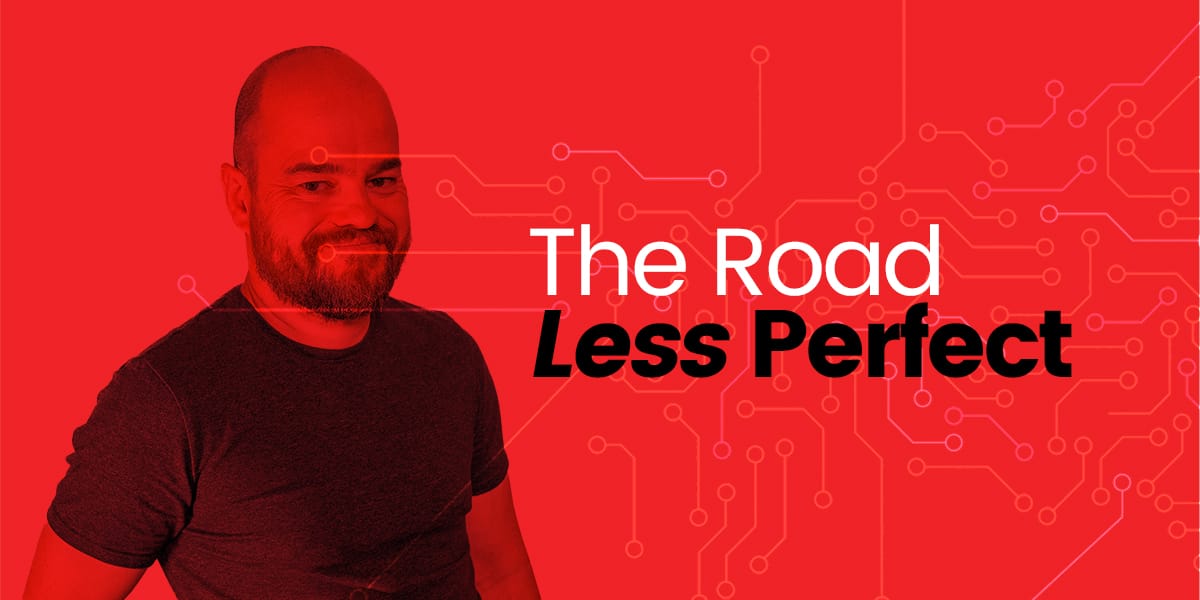Your SaaS startup is racing to launch a new feature. The product team has hashed out the details, documented everything, and handed it off to the engineers. But when the feature comes back, it doesn’t always feel quite right—multiple iterations ensue, deadlines slip, and costs creep up.
Sound familiar? Let’s dive into the age-old question: are engineers in product specification meetings a waste of time? Spoiler alert: they’re not. In fact, involving engineers in these meetings can save your team time and money while boosting collaboration and knowledge sharing.
Here’s how.
The dilemma: engineers in meetings
At first glance, pulling engineers into product specification meetings feels counterintuitive. Engineers thrive in their flow state—deep in code, uninterrupted, solving problems. Meetings? They’re the enemy of that focus, right? Constant context switching is counterproductive.
But here’s the twist: sometimes, pulling them into meetings, especially for product specification, can actually save time in the long run. This is especially true when you consider the concept of Push and Pull developers, which we will get to a bit later on. Let’s break it down.
The problem: shielding engineers from meetings
Arguably, the default approach has always been to shield engineers from these meetings until specs are ready. Why? Because engineers hate interruptions that break their flow. But here’s the catch: when we tried to keep them out of the loop, we ran into trouble.
We used a “feature passport” system—documenting everything upfront, handing it off to engineers, and letting them build. Sounds efficient? Wrong.
Time and again, the feature would come back needing multiple iterations. Sometimes, it wasn’t meeting expectations, or it didn’t take into account that one shady edge case. We’d end up in a cycle of revisions. To fix this, we thought, “Let’s add more process!” More QA, more testing, and more upfront analysis are needed to catch every little detail. But guess what? That just slowed everything down. Slower processes mean slower delivery, and that delays feedback, pushing back the validation of whether we built the right thing. Ultimately, it extends the time before we see a return on investment.
Teams that involve engineers in all stages of product development see a 30% reduction in project timelines.
The solution: engineers in product specification meetings
So, we flipped the script. What if we brought engineers into the product specification meetings where the feature passport is refined and finalised? The result was eye-opening. When engineers heard directly from the product team about why we were building a feature and the reasoning behind key decisions, they gained context. They’d chime in with suggestions—sometimes simplifying implementation or spotting flaws early. During development, they made smarter choices because they understood the bigger picture.
The engineering team makes better decisions because they understand the “why” behind the “what.”
Research backs this up. Teams that involve engineers in all stages of product development see a 30% reduction in project timelines. Our experience aligns with this: fewer iterations, better alignment, and faster delivery. Even quieter engineers, who might not speak up, walked away with a clearer grasp of the goals.
Yes, meetings can get messy with more voices in the room—more opinions, more debate—but the payoff is worth it: a product that hits the mark with less back-and-forth later. It’s much easier to handle messy meetings than the impact of not involving engineers in the first place.
Keeping meetings productive: tips and tricks
How do we keep these (often long-dreaded) meetings productive? Simple rules:
- Set a one-hour limit. No one wants an all-day marathon.
- Schedule follow-ups if needed. If questions linger, don’t force a rushed decision—book another session.
- Decide and move on. When debates boil down to two options and no new insights emerge, finalise the feature passport and call it a day.
This approach resulted in better outcomes, and it’s something we’ve seen work in smaller teams. Scheduling meetings at a set frequency and length means it will impact developers less, they will easily adapt to work around them.
Scaling for larger teams: rotating engineering roles
For larger teams, having every engineer in every meeting isn’t practical. It could be a massive drain.
So, what could you do here? Try this: appoint one engineer as the team’s representative. They join the meetings, absorb the context, and guide the rest of the crew when building starts. We rotate this role—sometimes it’s the senior engineer, sometimes not. It’s a growth opportunity for everyone, spreads the meeting load, and boosts knowledge sharing.
For some clients, we’ve formalised this as a temporary “project lead” role. It’s optional but effective. And here’s a pro tip: lean on engineers who take ownership to maximise the benefits. As we’ve explored in our post on Push and Pull Developers, “pull” engineers—those who proactively engage and ask smart questions—elevate these meetings. They drive alignment and innovation, cutting down iterations even further.
Are functional analysts necessary?
You might be thinking, “Wait, isn’t all this planning and researching what functional analysts are for?” In theory, yes—they’re the bridge between product and engineering, translating business needs into technical specs. In the later stages, you might come across these profiles.
But here’s our hot take: we’re not convinced they’re always essential. When engineers join product specification meetings, they get the info straight from the source—no middleman, no miscommunication. While functional analysts can help, they sometimes add a layer of noise. For lean SaaS startups, cutting that layer can streamline the process even more.
The Payoff: why it works for SaaS startups
So, does involving engineers in product specification meetings really save time and money? Absolutely—when done right. It’s not about dragging them into every discussion; it’s about strategic involvement. Our own experiments show fewer revisions and faster launches. For SaaS startups, where every sprint counts, that’s gold.
There’s a balance to strike, though. Meetings can disrupt flow state, so keep them focused and purposeful. Rotating roles in larger teams prevents burnout while spreading expertise. And while functional analysts have their place, direct engineer involvement often trumps intermediaries.
Involving engineers in product specification meetings isn’t a time-waster—it’s a time-saver. By giving them a seat at the table, SaaS startups can cut iterations, align teams, and ship features faster.










Member discussion